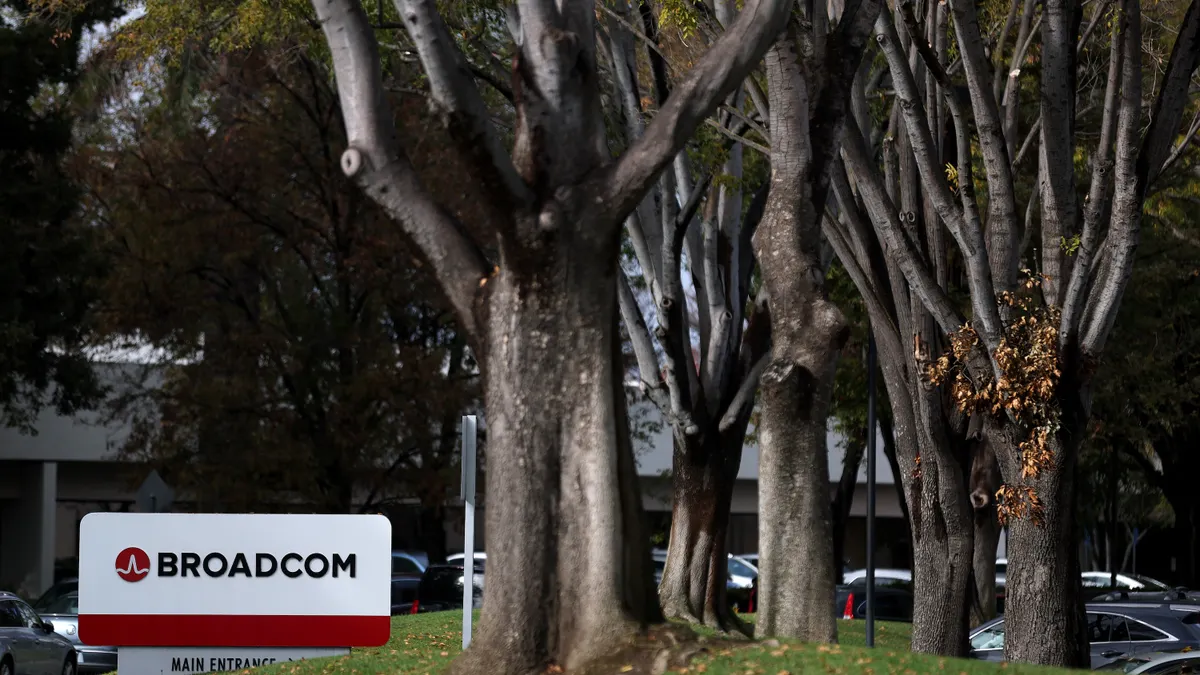As enterprises rush to the cloud in search of a future-proof solution, many discover the downside of the pay-as-you-go model. Costs mount as vendors add services and the technology investment gradually emerges as more than just an IT concern.
PepsiCo has been there and done that. The snack and beverage company has been migrating roughly 100 apps per year to the cloud for several years, Kimberly Floss, IT senior director of global cloud platform enablement and migrations, said during a Forrester technology conference Wednesday.
Keeping an eye — and a lid — on the bills those applications rack up, is part of Floss’ job and integral to PepsiCo’s migration strategy.
“There's a perception that your cloud costs just grow and grow and grow, but in many cases, there's a really good reason for that,” said Floss, who had cloud financial management added to her portfolio and title in 2021. “You have to get in front of that so that people don't think it's just exploding. It's not. We're using real services. We're delivering real business value and you have to articulate that.”
Floss heeded the cloud cost optimization call with a strategy that embodied the best practices of FinOps, a then-emerging framework for wrestling maximum value from the technology. The key was to get a handle on the big picture by digging into the details of the company’s cloud allocations, trimming unnecessary procurements and creating an organizational culture attuned to optimization.
“Cloud bills come in teeny weeny little pieces with tons of line items — they might be a penny each — but it's a big bill when you look at it from the line-item quantity,” said Floss.
The company's FinOps teams distributed the line items into three buckets: direct, indirect and shared usage.
Costs tied directly back to a single source are tagged and go directly into the application team’s budget code. “They built it, they own it, they pay for it and, when they’re done with it, they decommission it,” said Floss.
Managing indirect and shared costs, the other two categories, is more fluid and complex, Floss acknowledged, comparing the process to splitting a dinner check among a large group.
“Everybody wants a separate bill and they only want the bill for what they are using,” Floss said. “They don't want the bill for the appetizer that everybody shared. So, we had to figure out how to split the cost of that appetizer across all the people that had a bite.”
Executive eye on cloud
While cloud overspend concerns tighten their grip on enterprise leaders, investment in the technology continues to surge.
Compute-hungry generative AI applications embedded in hyperscaler platforms will help drive cloud service provider revenues to over $800 billion globally this year, according to IDC’s July forecast. The tech market research firm expects spending on cloud will continue to increase by nearly 20% annually through 2028.
Cloud is the predominant infrastructure strategy for organizations, Forrester Principal Analyst Tracy Woo said at last week’s conference. Board members are taking note and scrutinizing cloud spend, she added.
Tying costs back to teams with tagging and tooling is just the start of a broad process, reaching deep into the many corners of an organization. Cloud may be the backbone of IT, but it’s a resource with applications and users across the enterprise.
“FinOps is all about evangelization,” Woo said. “This is probably the most difficult side of running a FinOps practice, because when you are a FinOps practitioner you’re trained to do IT work. You may have had a finance background. You weren't trained to be a mediator or therapist.”
The technology itself is also a moving target that defies static governance.
“Even if you do everything now and you're all optimized and life is good today, it won't be good tomorrow, because you build new things in the cloud all the time,” Floss said. “From a FinOps perspective, you're never done — no matter how great you think you are, there's more to do tomorrow.”
Training and tooling
Cloud can be a victim of its own success. As fixed-cost on-prem data centers give way to a resource prone to spikes and troughs, CIOs need to coax the culture forward.
“Cloud environments are dynamic, not just from the perspective of the cloud providers providing new services all the time, but also in your usage and your strategies around that,” Woo said.
The challenge requires executive-level IT leadership, as well as the right set of tools.
“Bring your CIO into the conversation,” Woo said. “Make sure that they have visibility and that they're helping to connect IT initiatives to business targets.”
PepsiCo favored a two-tiered approach to implementing FinOps. Floss leads the centralized governance team responsible for policy, KPI dashboards and reporting tools that enable smaller teams to monitor day-to-day costs across functions. Her group helms training programs and performs monthly consults with decentralized teams that include engineering and finance professionals.
“We have to leverage multiple channels and talk in different ways so that we can really reach the audience properly,” Floss said. “Some folks are more technical, so you can get right down into the bits and bytes of what we need to do. Other folks are less technical, and we really have to educate them and bring them along.”
Early in the process, PepsiCo settled on third-party tooling to build up its FinOps capabilities.
“We chose Flexera as the tool that we in turn implemented, and we just plan to build on top of it, or customize it as needed based on what we were looking to do,” Floss said. “Customization was a key thing for us. We wanted a tool that could handle all of our unique circumstances.”
It’s a strategy that’s becoming more common, Woo said, as cloud cost management tools improve in quality and expand in capabilities. Spending engineering resources on the dashboards, anomaly detection and reporting automation that comprise FinOps tooling doesn’t make economic sense.
“We didn't even really consider the whole 'build internally' option very strongly,” Floss said. “We didn't have the people that could build it for us due to competing priorities within our environment.”
Floss didn’t see much value in a PepsiCo-branded cloud cost management solution either.
“You're not necessarily going to go buy more Aquafina water or more Lay's chips because we have a great FinOps tool,” she said.






















